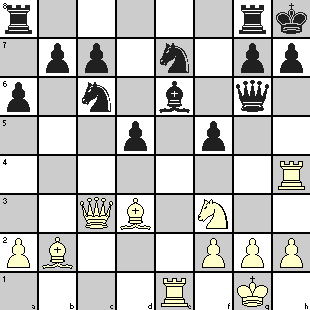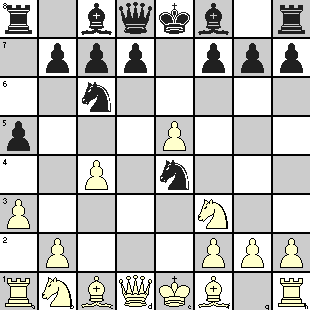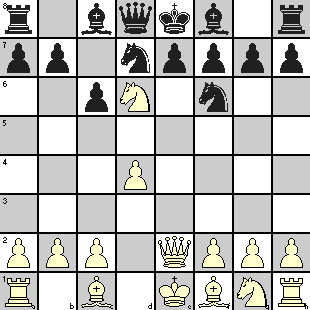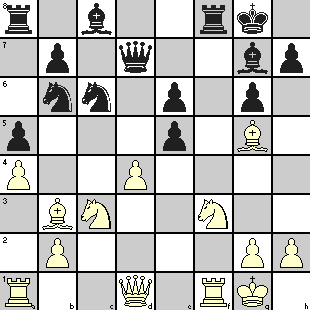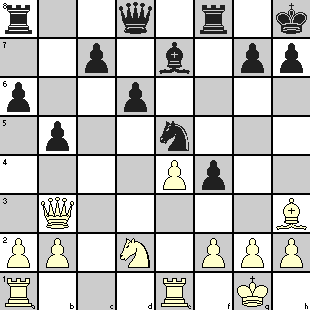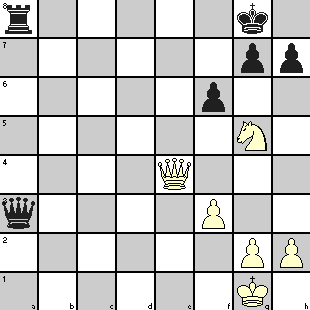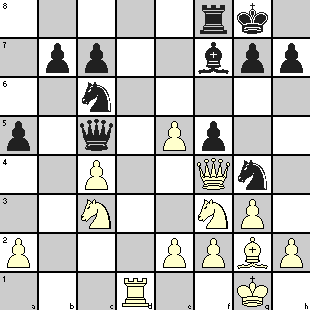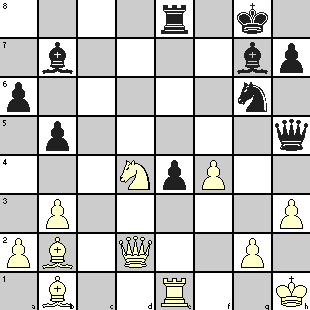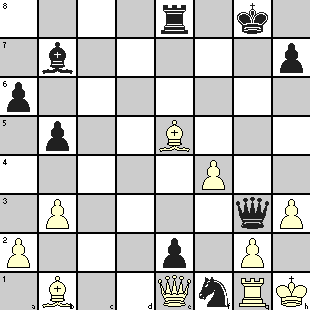I came across an interesting sentence that made me ponder a lot. Playing chess is one of the most invigorating exercises to the mind that not only helps one refresh physically and mentally, but also paves for enhancing the quality of life in many ways. After reading this sentence, I was a little perplexed and at the same time little surprised. How can a game played for killing time or for relaxation can help in enriching the quality of life – my inquisitive mind questioned and the result is this article.
We all know and accept that indulging in some sort of physical activity or sports activities can help a person keep his body in a fit condition and proper shape for a considerable amount of time even if one retires from the sports activity or physical exercises.
As a chess player or ardent lover of chess, we also know that chess is a thinking game and also a fair game in that there is no room for chance or luck whatsoever. The outcome of the game is entirely in your own hand. The fair outcome of the game is only a Draw and winning over the opponent is nothing but an accident caused as a result of the opponent’s mistake and exploited by you.
Moving away from the concept of chess for a while and thinking about ourselves or our life, let us try to find answer for a simple question – what is life? Is it a science or an art? The body which we have in which our soul resides can be explained in a scientific manner to a great extent, thanks to the advancement of medical sciences. Body and life are not one and the same. Though not trying to sound philosophical, it is but true that the body is only a carrier of the soul and not the soul itself. The soul or the life is not scientific in any feasible way. How one leads a life, though bestowed with the same basic capabilities as any other person next door, is an art in itself, and you are the designer of your art or life. It might sound a bit vague to start with, but introspection would help you get the point clear I believe. Life is a bit of science and a bit of art and the right blend of the two defines one‘s success in life.
Now, coming back to the game of chess, there is a specific set of rigid rules that one needs to follow in the game. There are only 64 squares in the board, of which 32 squares are already occupied by the pieces at the start of the game. A number of theories, combinations, variations, openings are there to help a player in the game. In spite of all the proven methods and combinations at the disposal, why one finds the game fascinating enough to play again and again and get different results each time. I feel that here comes the role of art in the game of chess. While the rigid rules, combinations, proven opening theories and such other things can be roughly compared to the science of the game, the execution part is an art.
The game of chess is also a bit of science and a bit of art – is it not.
It is in this context that I find some similarities between the life and the chess game. Chess is nothing but a miniature of life. May be that is the reason this game of chess withstood the travails of time and technology and will be there as long as one derives inspiration for life from the game of chess.
The game of chess, as a thinking game, requires concentration, attention, intuition, planning, execution, defense and patience. These are some of the traits that a person does need in his life to weather the day-to-day challenges in life.
As such, playing chess helps a person develop these invaluable traits that will help in enhancing the quality of life.
Playing chess means involving two people as well as an ideal time and place. In this fast-paced world, there is not much possibility of matching all the three at once and then playing chess. Online chess is the answer as people, separated by distance, can be found in the Internet at your convenient time. So free time can be effectively spent on the computer playing online chess with players like you might be the answer to enrich one’s life. Ponder over the same and Prosper in your quality of life.
